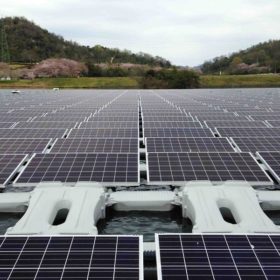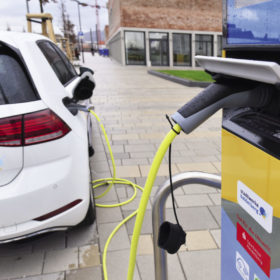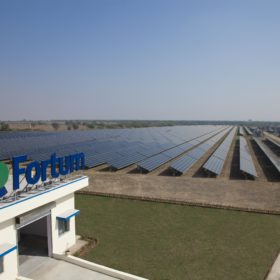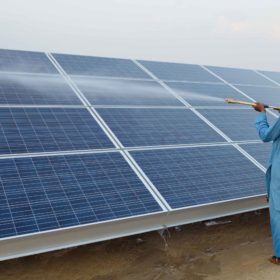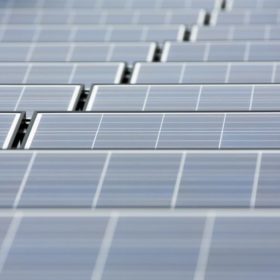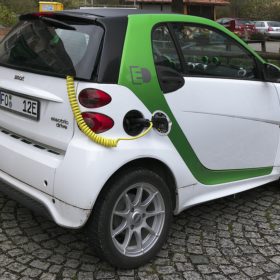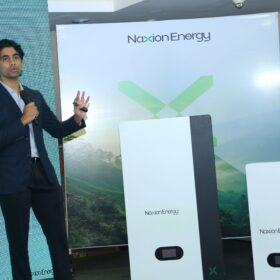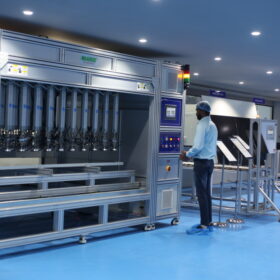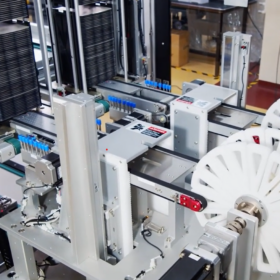Kerala’s water transport authority to launch India’s first solar-powered cruise
The unqualified success of the Aditya solar passenger ferry, which took to the water in 2017, has prompted the water transport body to make plans for a more luxurious form of transport which is due for launch within four months.
India eyes 500 GW renewable capacity by 2030
The country has so far achieved around 80 GW of installed renewable energy capacity in chasing “175 GW by 2022” target. De-dieselisation of farms and railways ranks high on the Modi government’s priority list to push solar adoption.
Maharashtra to get 500 MW floating solar plants in four dams
Earlier, the state had planned to set up floating solar plants at Ujani and Irai dams but had to shelve the projects due to ambiguity on the project implementation as well as revenue sharing, and the high cost involved, respectively.
Electrifying the current taxi fleet would help India cut emissions faster: Wood Mackenzie
Though electric vehicles are up to 67% less emissions intensive than gasoline cars, their competitiveness depends on many factors like the source of electricity used for vehicle and battery manufacturing and charging. Given that India still has a high share of coal or other fossil fuels in its power mix, electrifying the current car taxi fleet would help it cut emissions faster than incentivising the use of privately owned EVs because of the taxis’ greater utilisation in terms of miles travelled.
NSEFI urges Karnataka to prevent solar curtailment
Citing huge losses to solar power developers, the lobby group has urged state-owned utility Karnataka Power Transmission Corporation Limited not to arbitrarily curtail generation from solar power projects that are in any case ‘must run.’
Railway Energy tenders 140 MW hybrid project capacity
Three dual renewable energy generation projects are up for grabs with the state owned railway management company having set a tariff ceiling of Rs2.70/kWh for projects which will be dominated by wind capacity.
56% solar installations in water-scarce areas: Bridge To India
Wasteful use of water for solar panel cleaning is posing these areas to a high level of water risk. To justify its environment-friendly tag, the industry needs to replace manual cleaning with technologies providing water-efficient solutions.
Dispute resolution committee established in response to developer demands
A new three-man panel will adjudicate in disputes between project developers, national solar body SECI and energy giant NTPC. The board has been established by the Ministry of New and Renewable Energy.
Government thinktank proposes ban on diesel and petrol driven vehicles
The NITI Aayog has suggested banning sales of non-electric two and three wheelers in 2025 and cars, trucks and buses five years later as well as forcing public fleets and the cars used by ride hailing apps to be electric.
Essel in talks with Adani for solar assets sale
Following UK-based private equity investor Actis dropping the purchase plan, debt-laden Essel Infraprojects is reportedly negotiating the deal with Adani Group for Rs 1,800-2,000 crore.


